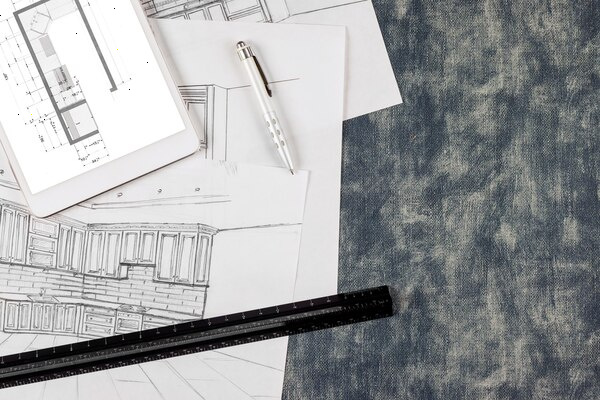Sustainable Building Practices: A New Era
Sustainable building practices are no longer a niche interest but have become a fundamental aspect of modern construction. This paradigm shift is driven by the increasing recognition of climate change and the urgent need to reduce our carbon footprint. As a result, architects, engineers, and builders are exploring innovative methods and materials to create structures that are both environmentally friendly and highly efficient.
One of the core principles of sustainable building is energy efficiency. Traditional buildings often rely heavily on fossil fuels for heating, cooling, and electricity, but sustainable buildings aim to minimize this dependency. This can be achieved through a variety of means, such as installing solar panels, utilizing geothermal energy, and employing advanced insulation techniques. These measures not only reduce greenhouse gas emissions but also lower utility costs for building occupants, making sustainability economically beneficial as well.

Another crucial aspect is the choice of building materials. Sustainable building practices emphasize the use of materials that have a low environmental impact throughout their life cycle, from production to disposal. Recycled materials, such as reclaimed wood and recycled metal, are becoming popular choices. Additionally, newer materials like cross-laminated timber and bamboo are gaining traction due to their renewable nature and structural benefits.
Water conservation is another significant component. Buildings are designed to reduce water consumption through the use of low-flow fixtures, rainwater harvesting systems, and wastewater recycling. These practices not only decrease the demand on municipal water supplies but also help manage stormwater runoff, reducing the risk of flooding and water pollution.
Indoor environmental quality also plays a critical role in sustainable building design. Poor indoor air quality can lead to health issues and decreased productivity among occupants. Sustainable buildings incorporate ventilation systems that ensure a steady flow of fresh air and use non-toxic materials to minimize exposure to harmful chemicals. Natural lighting is maximized to reduce reliance on artificial lighting, enhancing the well-being of occupants and boosting morale.
Moreover, sustainable building practices extend beyond the construction phase to include the entire building lifecycle. This involves considering how the building will be maintained, operated, and eventually deconstructed. The goal is to create structures that are adaptable and resilient, capable of meeting future needs without significant environmental impact. Building information modeling (BIM) and other advanced technologies are increasingly being used to optimize building performance over time.
The shift towards sustainable building practices is also supported by various certifications and standards, such as Leadership in Energy and Environmental Design (LEED) and the WELL Building Standard. These frameworks provide guidelines and benchmarks for assessing and improving the sustainability of buildings. Achieving these certifications not only demonstrates a commitment to environmental stewardship but also enhances the marketability and value of properties.
In conclusion, sustainable building practices represent a fundamental change in the way we approach construction. By prioritizing energy efficiency, using environmentally friendly materials, conserving water, improving indoor environmental quality, and planning for the building lifecycle, we can create structures that are better for the planet and for the people who inhabit them. As the urgency of addressing climate change continues to grow, the adoption of sustainable building practices is likely to become the standard rather than the exception, heralding a new era in construction.